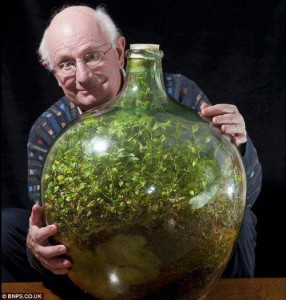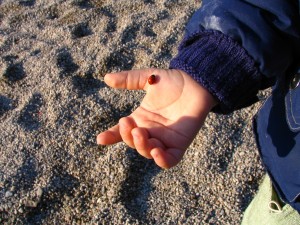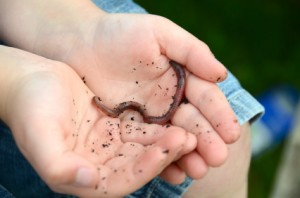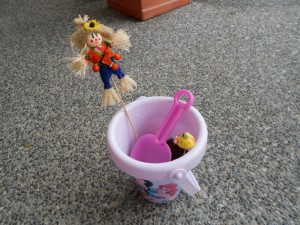The ground has been prepped, the seeds planted, and now kids can learn about how to take care of plants, which builds their background knowledge as part of kindergarten readiness.
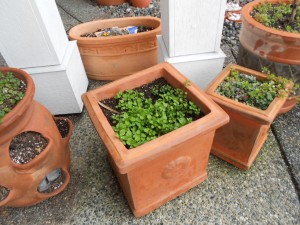 While we know that plants need sunshine, water, and soil, kids do not know until they have first-hand experiences with plants. When asked, kids know that we eat plants for food, but where do plants get their food? At the store? One of the first facts that kids learn about plants is that they stay in one place, they do not move around like animals. Since plants can’t move, they can’t go to the store, so maybe their food is right there, in the ground.
While we know that plants need sunshine, water, and soil, kids do not know until they have first-hand experiences with plants. When asked, kids know that we eat plants for food, but where do plants get their food? At the store? One of the first facts that kids learn about plants is that they stay in one place, they do not move around like animals. Since plants can’t move, they can’t go to the store, so maybe their food is right there, in the ground.
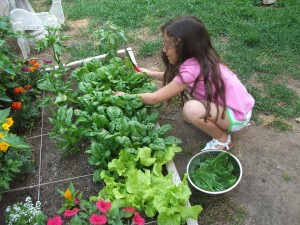 Whether kids know that plants need water or not, they love to give plants a drink. Overwatering by caring kids has drowned many a seed and new sprout. Explain to young gardeners that we need to water plants low and slow. Plant roots are like straws and can only handle a little at a time. Young children can add the water, but they need some help before they can take away crowded plants. Thinning needs grownups. When kids are a little older they can certainly help pick bigger parts of plants for eating and then be involved in preparing food.
Whether kids know that plants need water or not, they love to give plants a drink. Overwatering by caring kids has drowned many a seed and new sprout. Explain to young gardeners that we need to water plants low and slow. Plant roots are like straws and can only handle a little at a time. Young children can add the water, but they need some help before they can take away crowded plants. Thinning needs grownups. When kids are a little older they can certainly help pick bigger parts of plants for eating and then be involved in preparing food.
As the Guerrilla Gardener Ron Finley says, “Kids who grow kale will eat kale. Kids who grow tomatoes, will eat tomatoes.” Children are less hesitant to try something new if they have helped grow it. Besides some background science knowledge, kids also learn how people and nature are a team when it comes to growing and caring for plants. Gardens are a great place to learn about working together in a family or group. Responsibility is a life-skill as is learning to make healthy eating choices, and gardening is one way for kids to practice those. Whether it’s a pot of spices on the patio or a patch in the yard, can your child help care for plants?

